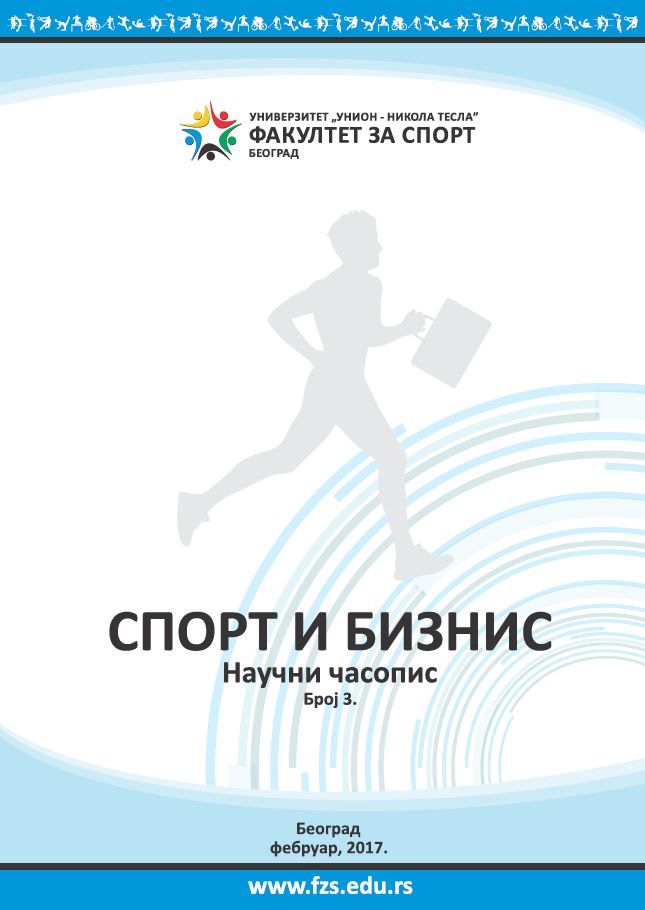УТИЦАЈ ТЕРАПИЈСКОГ ЈАХАЊА НА РАЗВОЈ РАВНОТЕЖЕ КОД ДЈЕЦЕ СА ПОСЕБНИМ ПОТРЕБАМА
INFLUENCE OF THERAPEUTIC HORSEBACK RIDING ON BALANCE DEVELOPMENT AMONG CHILDREN WITH SPECIAL NEEDS
Author(s): Slavica Kecman, Predrag Ilić, Arianna IlićSubject(s): Social Sciences, Sociology, Health and medicine and law, Sports Studies
Published by: Факултет за спорт
Keywords: Balance; Therapeutic horseback riding; Children and youth with special needs
Summary/Abstract: Motor ability in the scope of skills characterized by the willingness and readiness of both rider’s and horse’slocomotive system to oppose the various gravitational, centrifugal and centripetal forces as well as inertia, imposed byaccelerating or decelerating movement, has been defined as balance. Considering the importance of balance within thedevelopment of cognitive, neuro-motor, sensory-motor, psycho-motor and socio-emotional skills of children and youthwith special needs, the research has been conducted to determine the significance of therapeutic horseback riding interms of balance development among subjects with special needs. Therapeutic horseback riding is a supplement to theexisting rehabilitation programs (faster achievement of therapeutic goals). The therapy itself provides a new quality andcontribution to the subject’s health condition overall. The structure and the movement of human and horse’s pelvisesare very similar and therefore while on the horseback subjects feel as if they walk by themselves. Physically speaking,the outcome of aforementioned process is correction of the subject’s balance. The horse in the motion constantlyunbalances the rider. To maintain on the horseback, rider must engage the specific group of muscles i.e. counterbalancethe movement of the horse. The study encompasses nine test subjects, users of therapeutic horseback riding programfor children and youth with special needs, out of which six males and three females, four with Down syndrome (Down›ssyndrome), one with mild mental retardation, one with cerebral paralysis, one with hemiparesis, two with disharmonicdevelopment (one child displays symptoms of mild mental retardation whereas the other one shows preserved intellectualcapacity). The longitudinal survey by using a battery of balance tests has primarily revealed balance improvement as wellas significant progress in terms of cognitive, physical, emotional, social, educational and behavioral characteristics ofchildren and youth with special needs, i.e. users of therapeutic horseback riding program.
Journal: Спорт, медији и бизнис
- Issue Year: 3/2017
- Issue No: 1
- Page Range: 51-57
- Page Count: 7
- Language: Serbian

